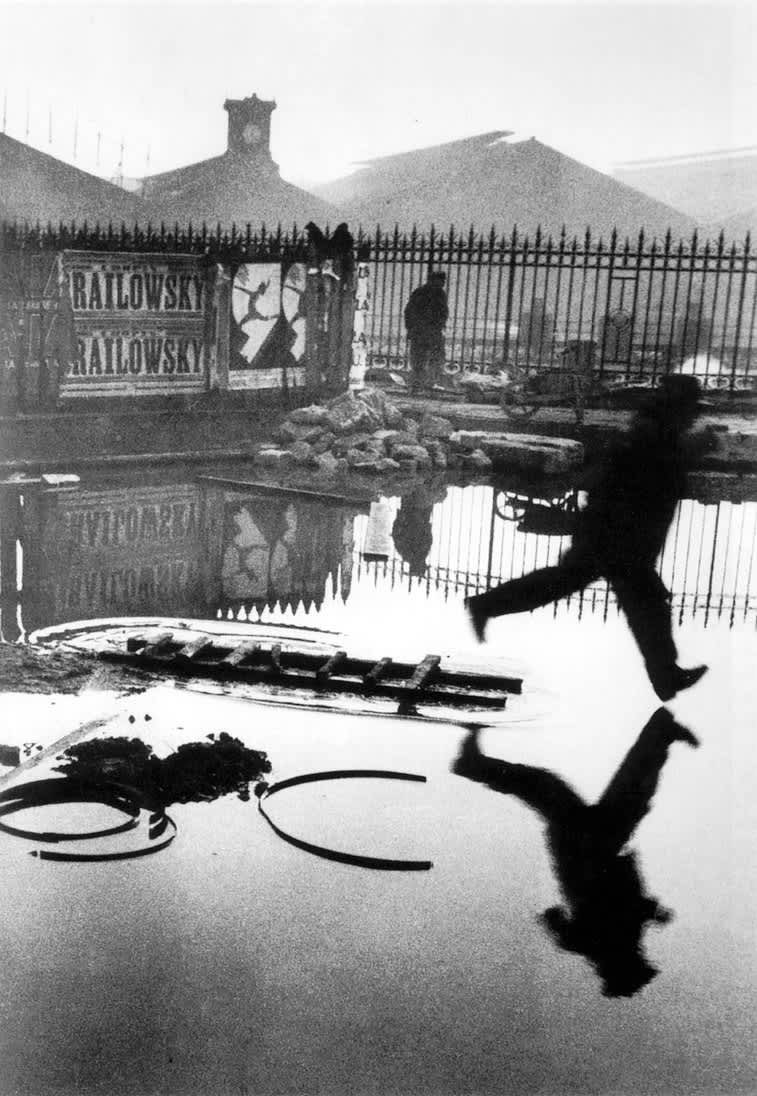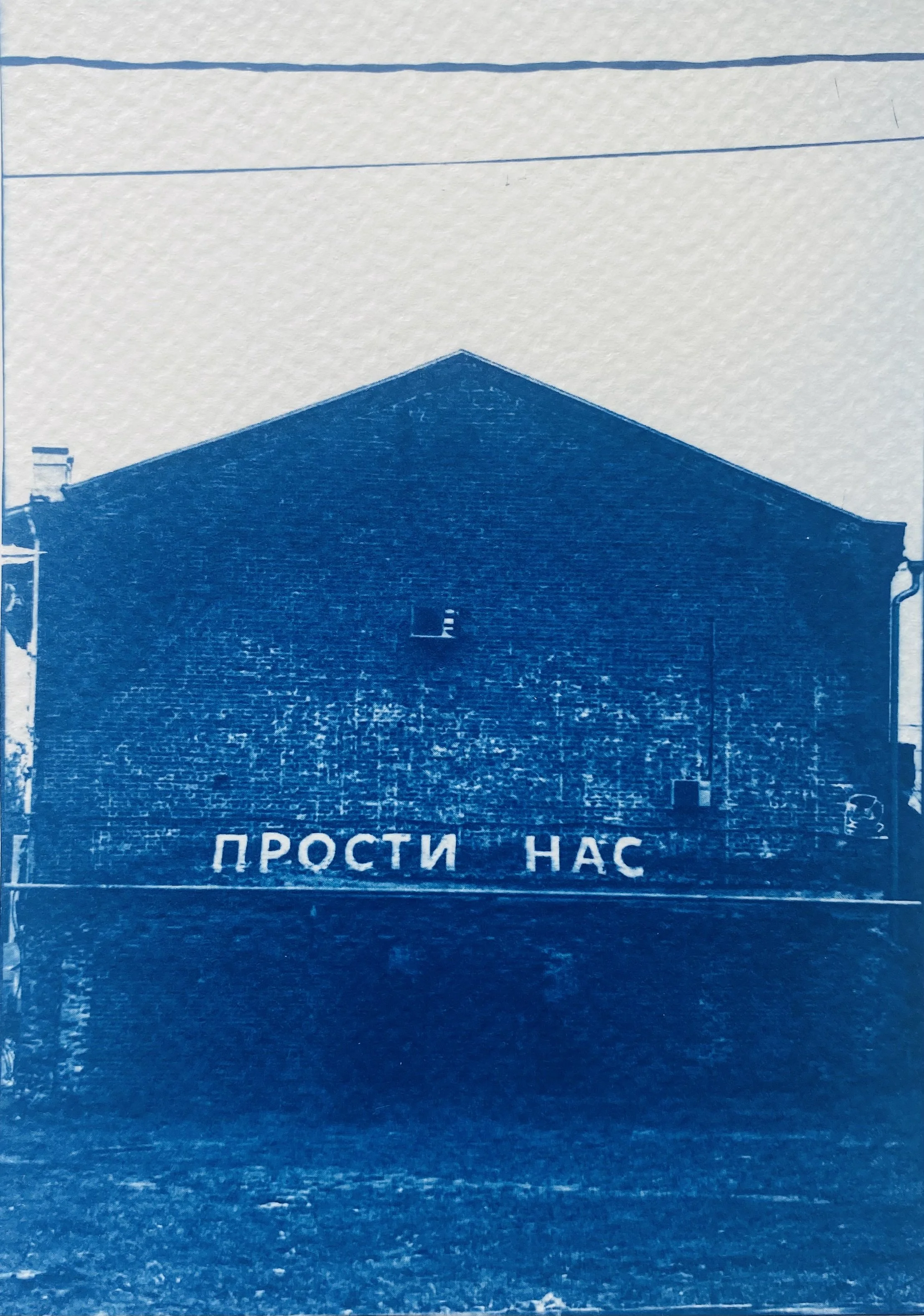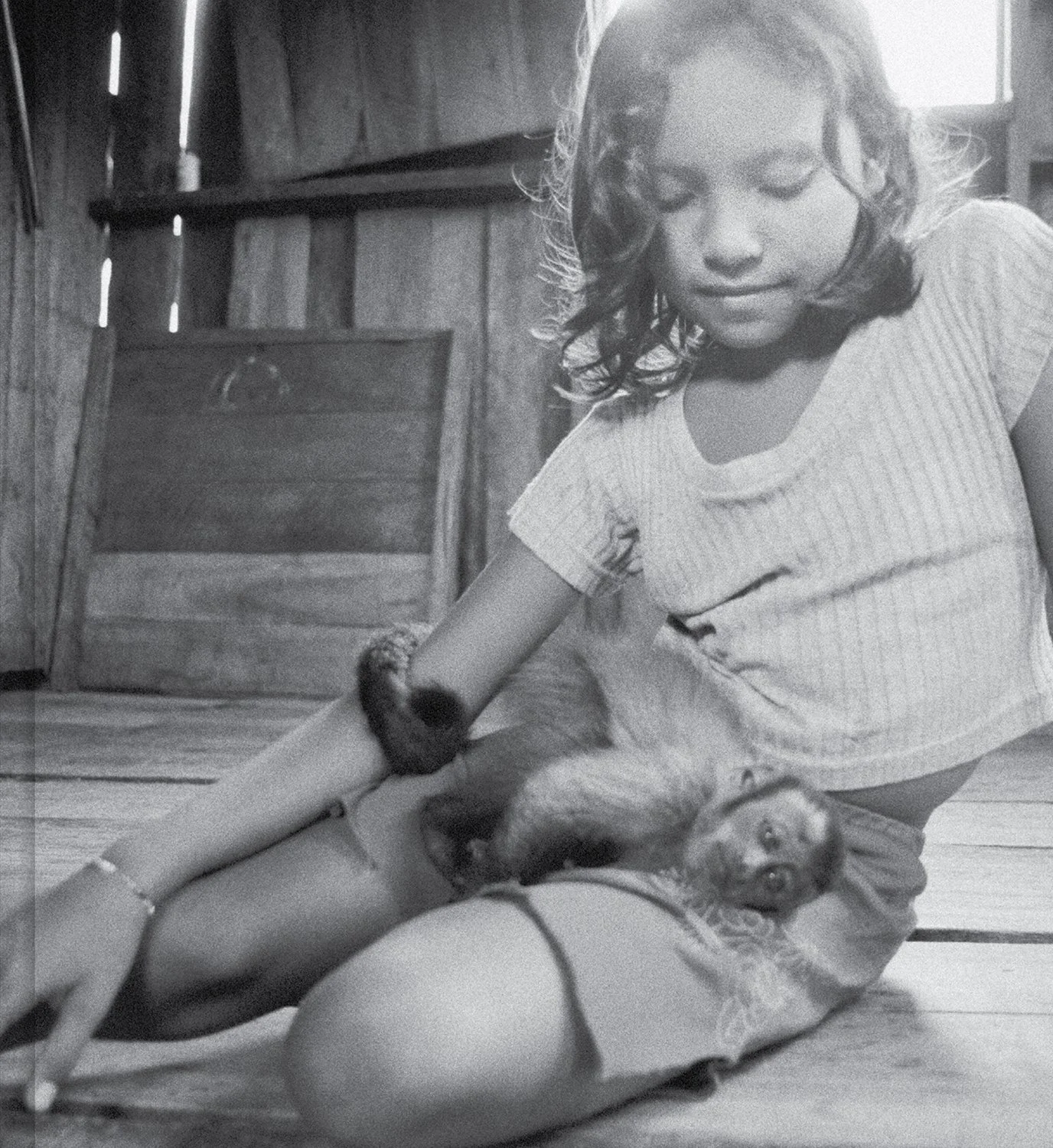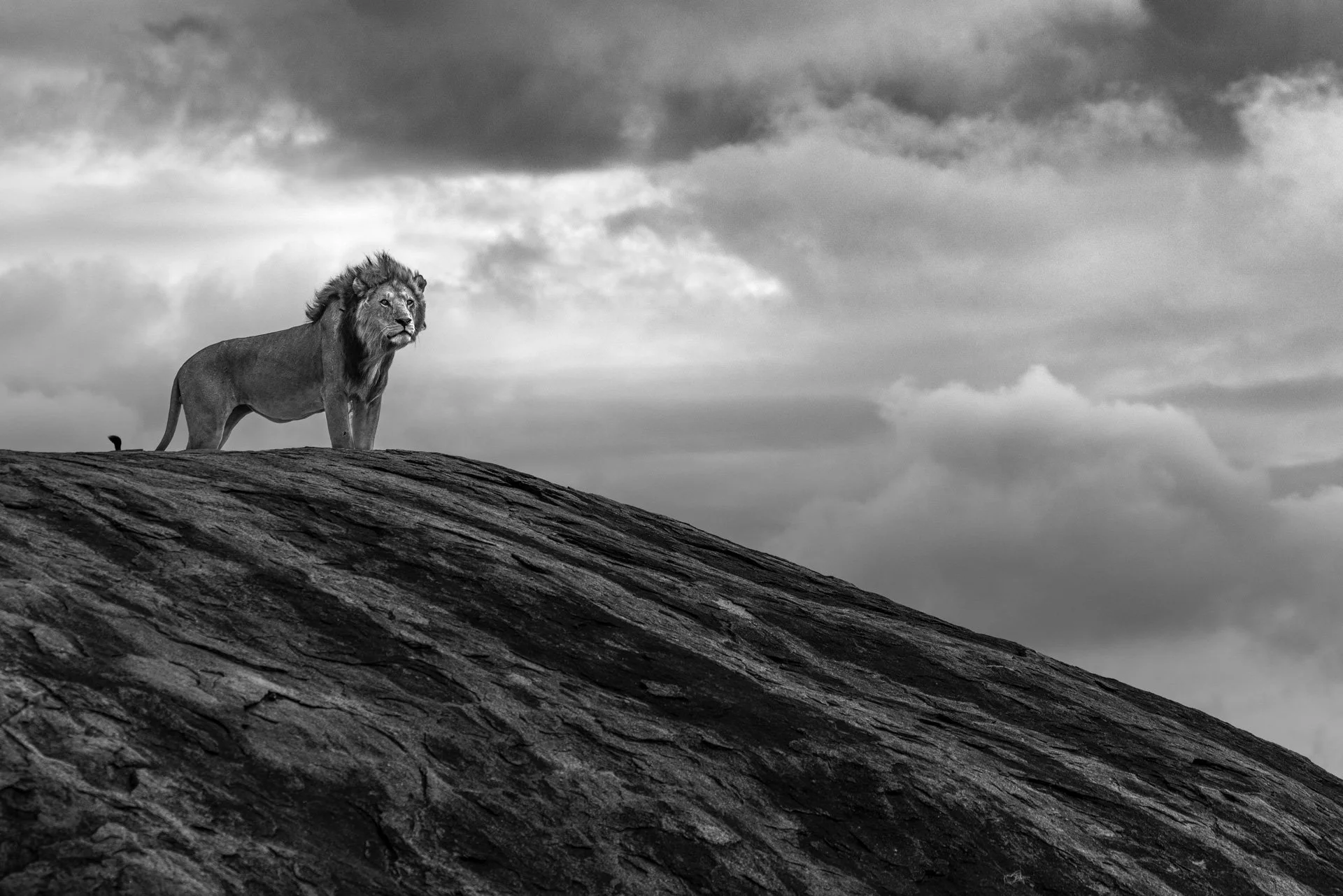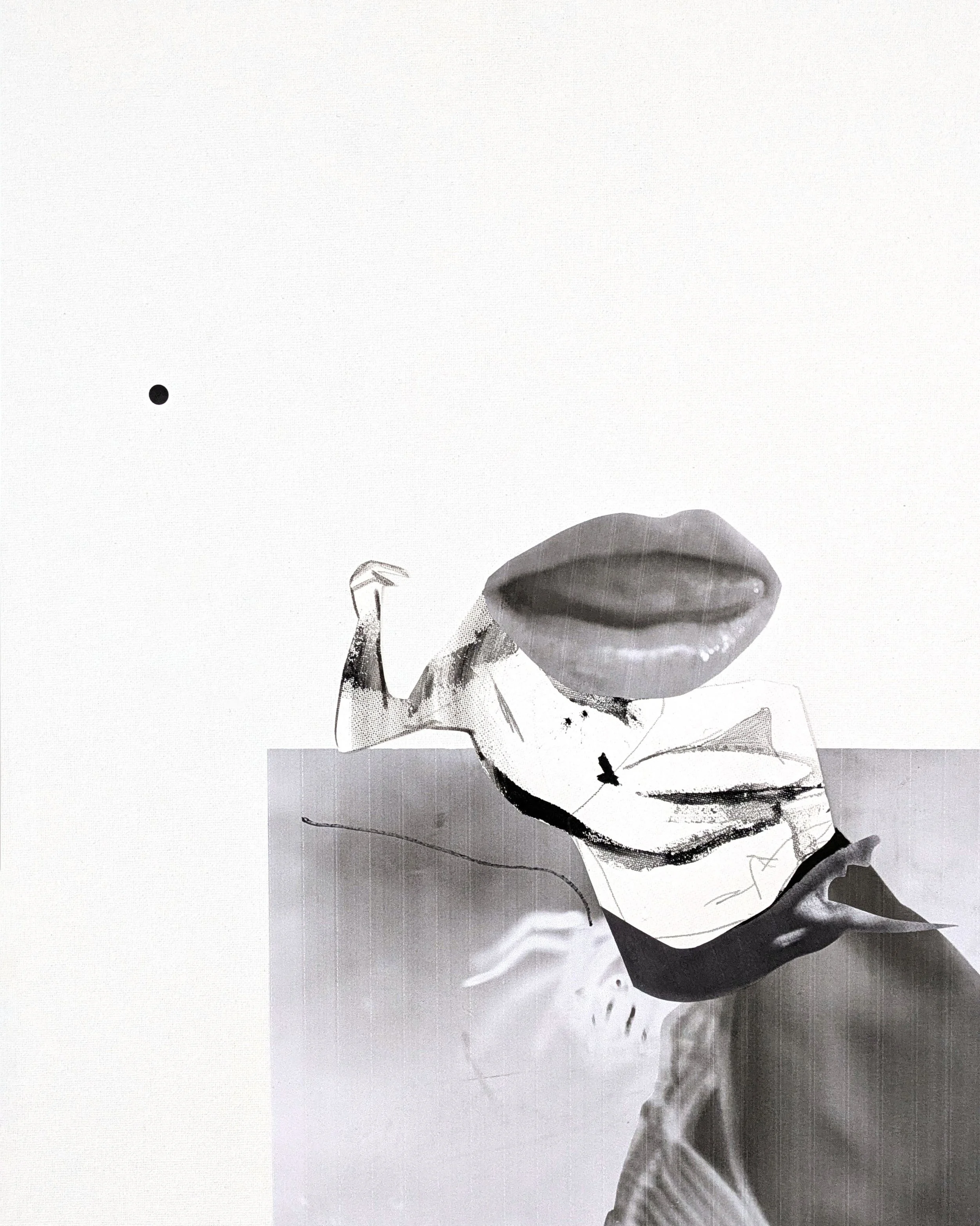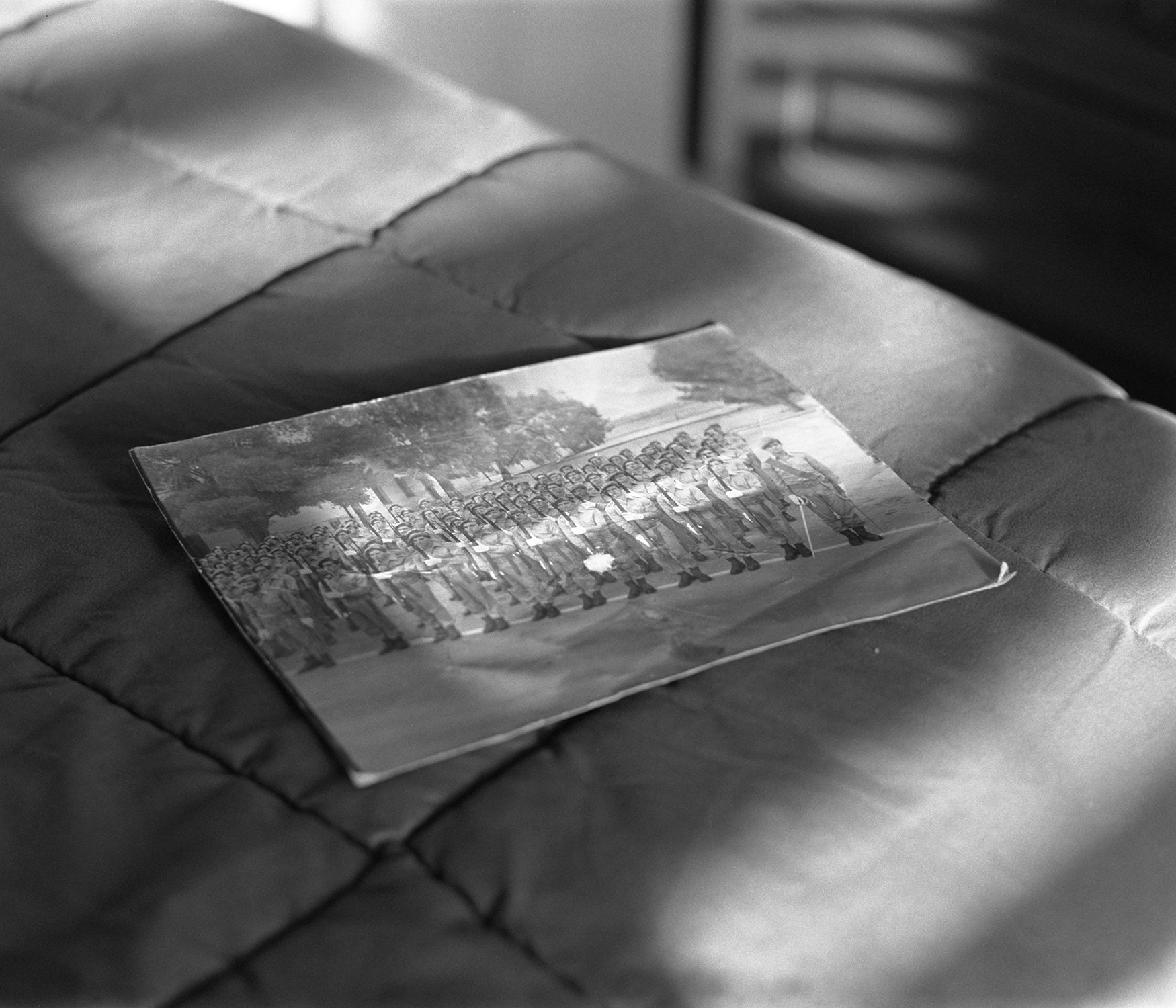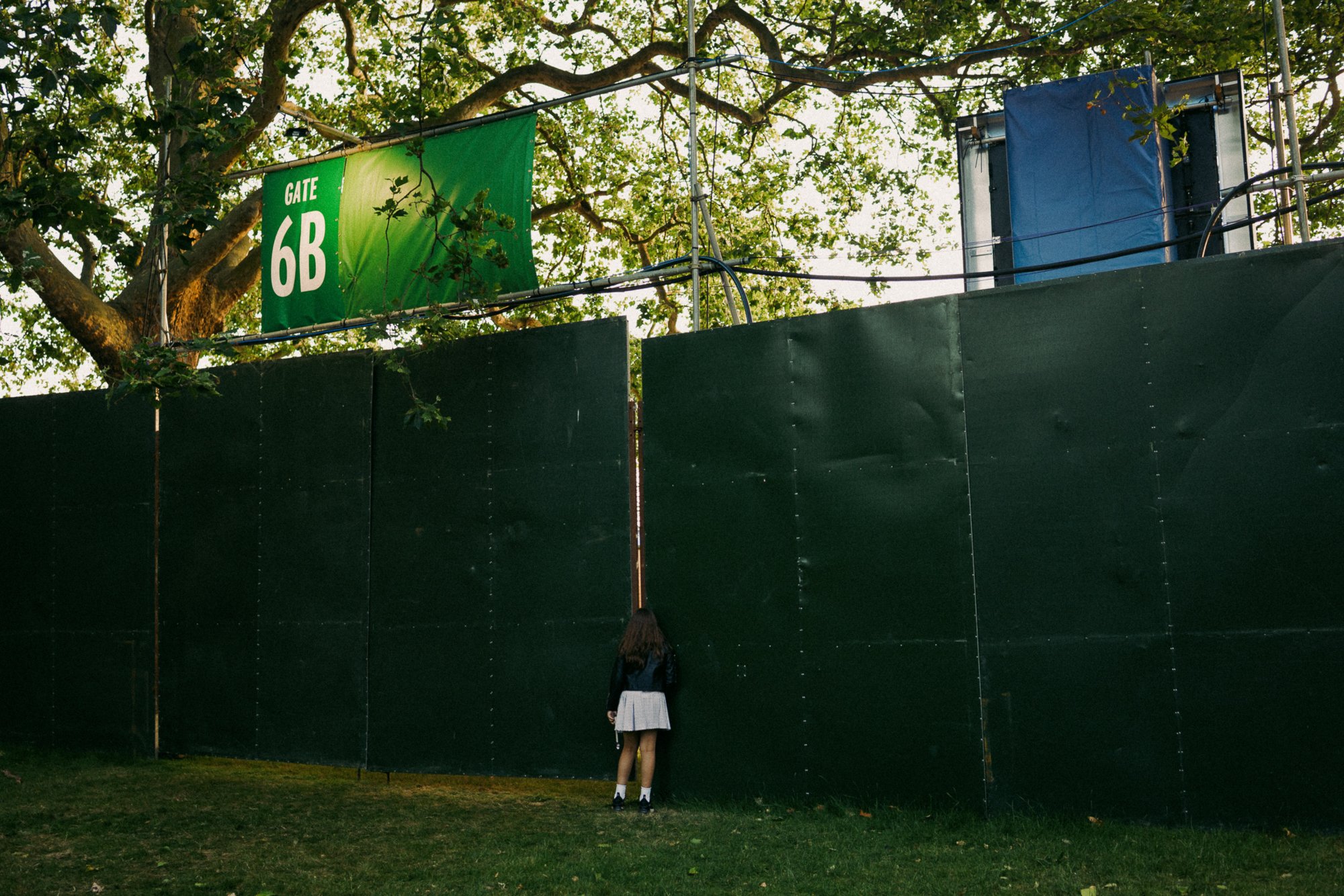ICONS: Henry Cartier-Bresson
Henri Cartier-Bresson, often referred to as the father of modern photojournalism, redefined the art of photography with his philosophy of capturing ‘the decisive moment’. His work, a seamless fusion of storytelling and artistry, continues to inspire generations of photographers and viewers alike.
Words JC VeronaBorn in Chanteloup-en-Brie, France, in 1908, Cartier-Bresson initially pursued a career in painting, studying under Cubist artist André Lhote. This early training honed his understanding of geometry and composition, principles that became integral to his photography. It wasn’t until the late 1920s that his trajectory shifted. After seeing Hungarian photographer Martin Munkácsi’s image of three boys running into a lake, Cartier-Bresson was struck by its vitality and spontaneity. He later recalled, “I suddenly understood that a photograph could fix eternity in an instant.”
In 1932, armed with a Leica camera, Cartier-Bresson began wandering through Europe, capturing candid moments of daily life. His camera became an extension of himself, allowing him to move discreetly and observe without intrusion. “To take a photograph is to align the head, the eye, and the heart. It’s a way of life”, he stated. His images from this period, such as the iconic Behind the Gare Saint-Lazare (1932), demonstrate his uncanny ability to anticipate and seize fleeting moments of beauty and chaos.
Cartier-Bresson’s approach was grounded in simplicity. He worked exclusively with a 50mm lens, relied on natural light, and avoided cropping his images. His philosophy was clear: “Think of the photo before and after, never during. The secret is to forget you are carrying a camera.” This ethos allowed him to blend into his surroundings, earning the trust of his subjects and capturing authentic, unguarded moments.
“To me, photography is the simultaneous recognition, in a fraction of a second, of the significance of an event as well as of a precise organisation of forms which give that event its proper expression.”
Three boys running into a lake by Martin Munkácsi
Henri Cartier-Bresson. Behind the Gare Saint-Lazare (1932)
In 1947, Cartier-Bresson co-founded Magnum Photos alongside Robert Capa, David Seymour (Chim), George Rodger and William Vandivert. Magnum was not just an agency; it was a revolution. Photographers gained unprecedented control over their work, ensuring it was published with respect for their vision. Magnum’s mission aligned perfectly with Cartier-Bresson’s ideals: “Above all, I craved to seize the whole essence, in the confines of a single photograph, of some situation that was in the process of unrolling itself before my eyes.”
His assignments with Magnum took him across the globe, documenting pivotal historical moments with a distinct narrative flair. He captured Gandhi mere hours before his assassination in 1948, the Liberation of Paris in 1944, and the early days of Communist China in the 1950s. Yet, despite the grandeur of these events, Cartier-Bresson always remained focused on the human element. His portraits of ordinary individuals, infused with dignity and emotion, spoke as powerfully as his images of world leaders. “The world is going to pieces and people like Adams and Weston are photographing rocks!”, he once quipped, emphasising his preference for human stories over abstract forms.
Though he achieved global fame, Cartier-Bresson was intensely private and modest about his success. He resisted the label of ‘artist’ and dismissed elaborate technical processes, believing that photography was as much about intuition as skill. “Technique is important only insofar as you must master it in order to communicate what you see. Otherwise, it is an obstacle”, he said.
Henri Cartier-Bresson. Gandhi dictating a message at Birla House, the residence where he spent his last days and in which he was assassinated, just before breaking his fast. Delhi, India. 1948. © Henri Cartier-Bresson | Magnum Photos
“Think of the photo before and after, never during. The secret is to forget you are carrying a camera.”
Murcia, Spain,1933. Silver jelly
Valencia, Spain, 1933. Silver copy in gelatin.
In the 1970s, Cartier-Bresson withdrew from active photography to return to his first love: drawing. His retreat from the medium was not a rejection but a natural evolution of his creative journey. Reflecting on his career, he remarked, “You just have to live and life will give you pictures.”
Henri Cartier-Bresson passed away in 2004 at the age of 95, leaving behind an indelible legacy. His body of work is a testament to his belief in photography as a tool to reveal the essence of life. His images remain timeless, resonating with a clarity and emotional depth that transcends trends.
His philosophy of capturing the decisive moment continues to shape how photographers view the world. In a rapidly evolving digital landscape, Cartier-Bresson’s words remind us of the enduring power of observation and simplicity: “It is an illusion that photos are made with the camera... they are made with the eye, heart, and head.”
Sunday on the banks of the Seine, in Juvisy-sur-Orge, France, 1938.
Naples, Italy, 1960 . Silver jelly copy.
“You just have to live and life will give you pictures.”
Seville, Spain, 1933. Silver copy in gelatin.
Coronation of George VI, Trafalgar Square, London, England, 1937. Silver copy in gelatin.


